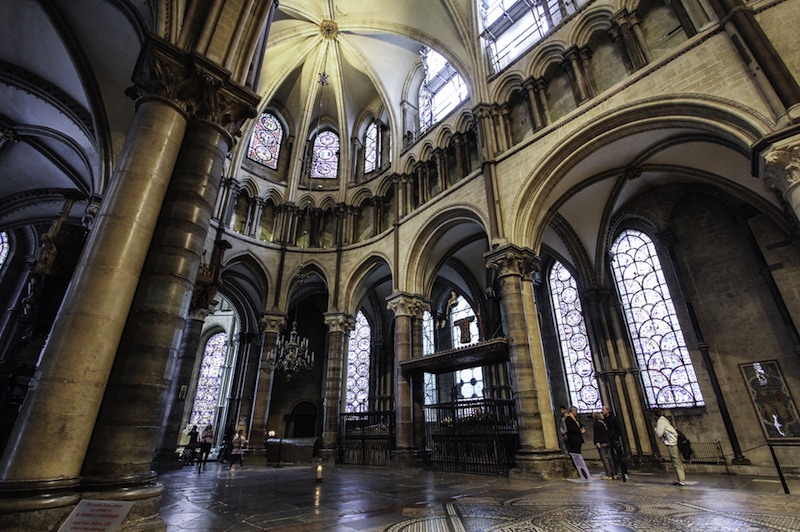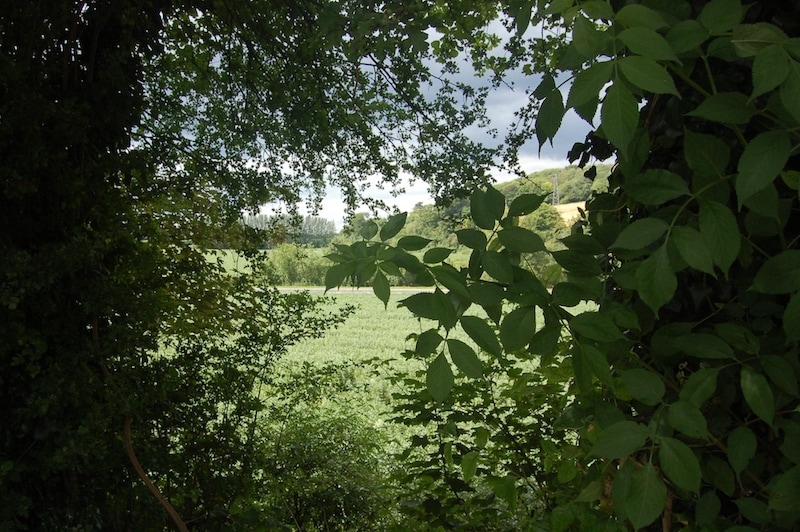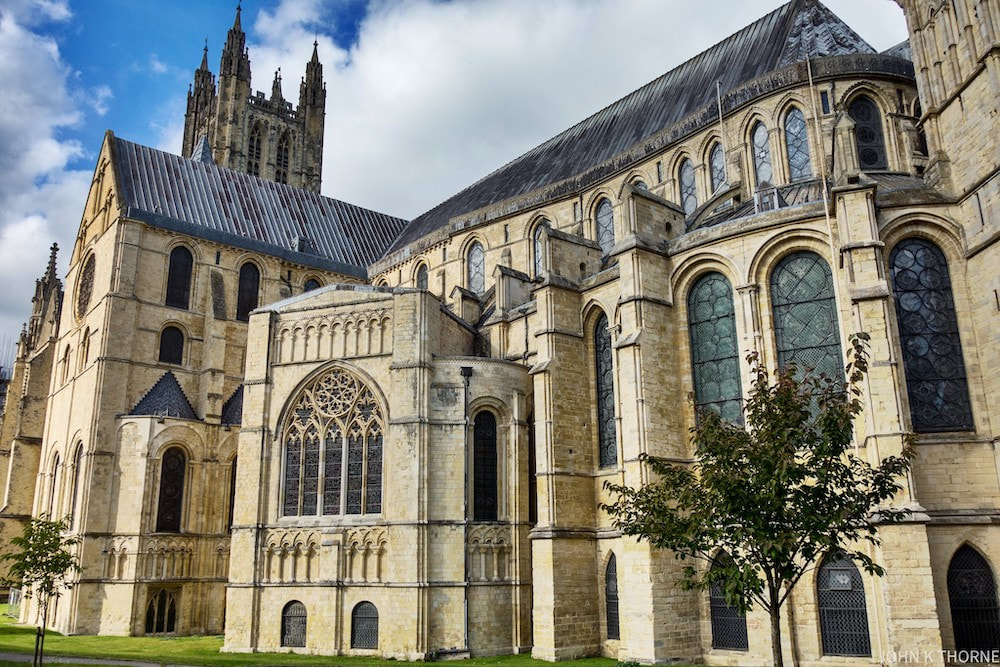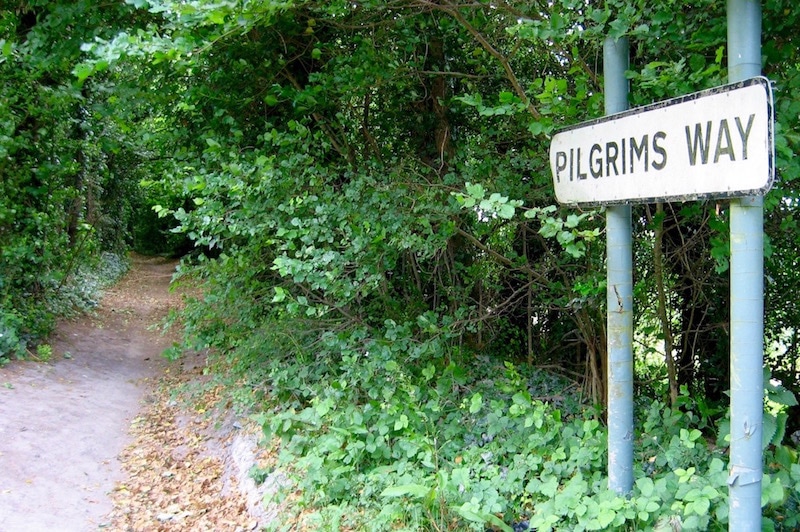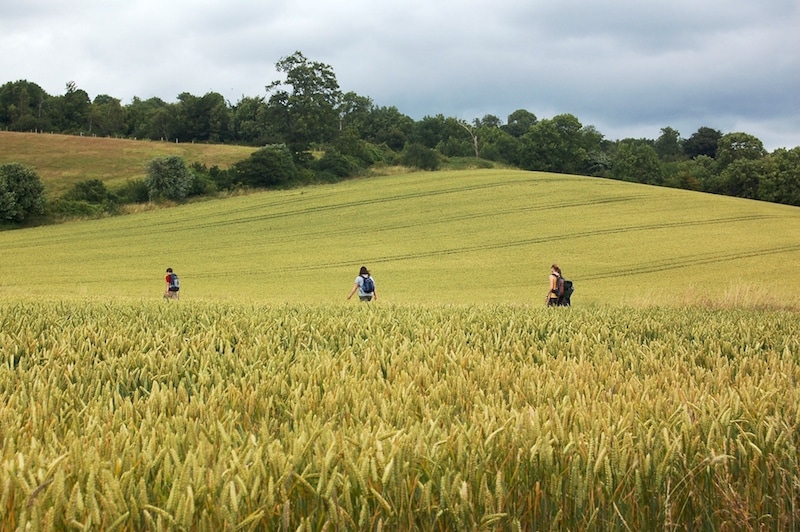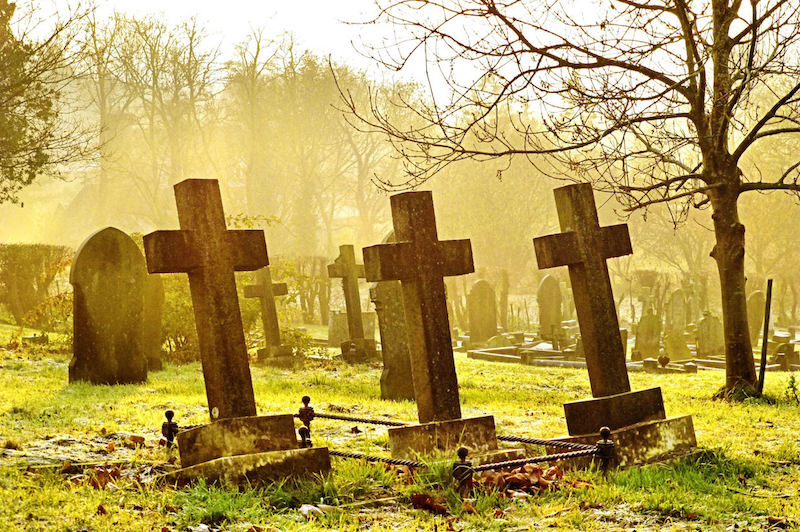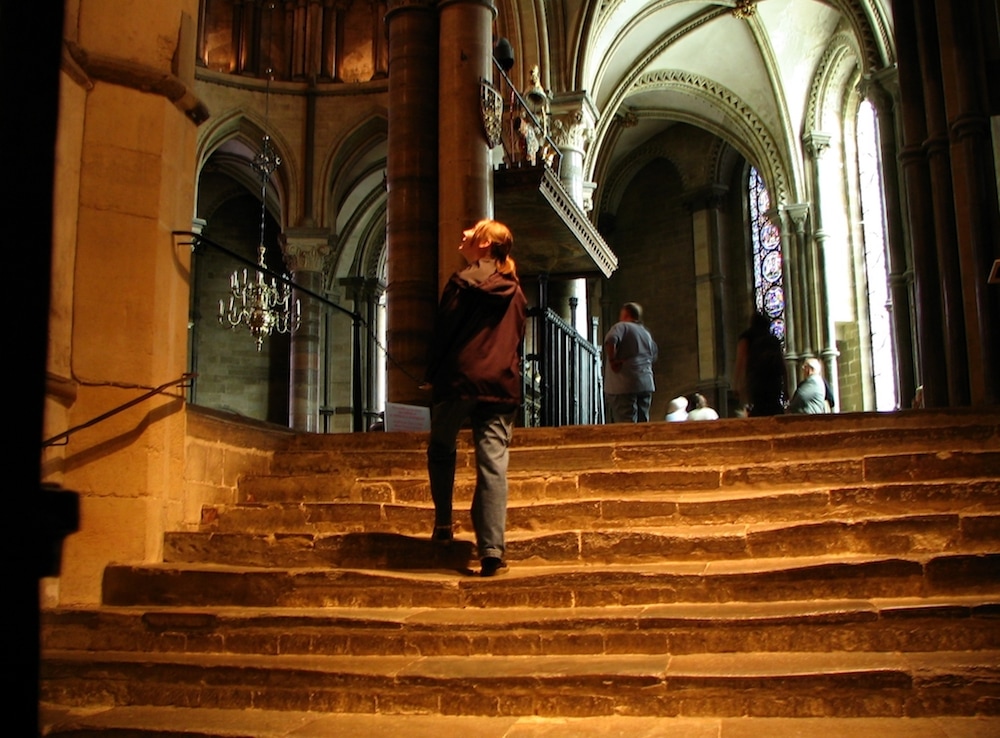EUROPEAN GREEN PILGRIMAGE NETWORK
Canterbury, EnglandIn 597AD, St Augustine arrived on England's Isle of Thanet upon the instructions of Pope Gregory to bring the good news of Christianity to Kent, as Queen Bertha was already a committed Christian.
And so across the centuries, as people come and make their pilgrimage across Kent, they can visit and hear the stories of local people and their influence upon history across the generations. St Augustine’s Cross, near Cliffsend, is a marker and testimony to Augustine’s arrival. Kent has a long history of pilgrimage and of its shrines, and has 33 saints associated across the communities. At the heart of the County is the Cathedral, which is both a holy place and a World Heritage Site along with the modest church of St Martin (the oldest church in England) and the ruins of the Abbey of St Augustine. The most visited is the shrine of Thomas Becket, who was murdered in the Cathedral in the 12th century AD. Miracles associated with Beckett’s tomb drew pilgrims early on and thousands visit annually to this day. Canterbury is a destination for those who have travelled the Pilgrims’ Way, the ancient Pilgrim paths from Winchester, Rochester and Southwark. |
The Church of EnglandIn 2013 the Diocese of Canterbury joined the Green Pilgrimage Network, comprising 28 pilgrim places and shrines of all faiths from around the world. In 2015, it became one of three founding members of the European Green Pilgrimage Network, to promote green pilgrimage throughout Europe. Canterbury is often the starting point for those en route to European Pilgrimage sites such as Santiago de Compostela in Spain and the Via Francigena to Rome, and Canterbury is developing these links further as part of its Green Pilgrimage activities. The European Green Pilgrimage Network is convened and housed by the Diocese of Canterbury. |
GPN Canterbury Partnership
Since joining the Green Pilgrimage Network in 2013, the Diocese has been developing a partnership of
organisations that can contribute to greening the pilgrim experience in Canterbury and the Diocese.
organisations that can contribute to greening the pilgrim experience in Canterbury and the Diocese.
Developing partnershipsThe GPN Canterbury Partnership was launched in October 2014 with the aim of promoting the wealth of activities taking place in the Diocese and supporting initiatives that make use of the pilgrimage routes.
|
Promoting pilgrimage locally..It is also rediscovering lost routes such as the Way of St Augustine, launched in 2015. This is a marked 19-mile (30km) footpath from St Augustine’s Shrine, Ramsgate, to Canterbury (www.explorekent.org/activities/the-way-of-st-augustine).
|
...and further afield in EuropeThe Diocese has existing links with several European partners, and is exploring further co-operation with European Cultural Routes such as the Via Francigena (to Rome) and the Ways of St Olaf (to Trondheim)
|
Developing routes and pathwaysWith the Kent Downs AONB (Area of Outstanding Natural Beauty) unit and other partners, the Diocese and Cathedral are working to make the Pilgrims' Way more accessible. They have created a website that is full of useful information for pilgrims on this ancient 119-mile (192km) route: www.pilgrimswaycanterbury.co.uk
|
Revising other ancient routesThe GPN Canterbury Diocese has developed in partnership the Way of St Augustine (from Canterbury to Ramsgate), the Way of St Jude (from Aylesford Priory to the Shrine in Faversham) and a route of Kentish Saints, such as St Eanswythe, connecting from east to west Minster in Thanet, Minster in Sheppey, Lyminge and Folkestone.
|
Protecting biodiversityThe Diocese convenes the Kent God's Acre Project wildlife churchyard which, together with 15 partner organisations, works to protect and expand the biodiversity of the county of Kent. The Diocese is also working with Kent Wildlife Trust and Kent Bat Group to enable and facilitate local communities and volunteers.
|
The Pilgrim's Way from Winchester to Canterbury
|
The 119-mile (192km) route from Winchester to Canterbury has been trodden by pilgrims for more than a thousand years but the origins of the pathway date back much earlier, to 1800-1400BC. The route was probably used for trade but after the death of St Augustine of Canterbury in 604, pilgrims started coming to venerate his remains at the Great Abbey. Canterbury also became an important stop for pilgrims making the long journey to Rome.
After Thomas Becket was canonised in 1173, his shrine at Canterbury Cathedral became the most important in the UK. According to Christopher John Wright, author of A Guide to the Pilgrims' Way, Canterbury was 'after Rome... the chief shrine in Christendom', and drew pilgrims from far and wide. Henry II is also said to travelled this route – as part of his pilgrimage for atonement for the murder of Thomas Becket. For more on the history of the Pilgrim's Way, visit www.pilgrimswaycanterbury.co.uk and for a map of today's Pilgrim's Way, including details of accommodation, restaurants and points of interest, click here. |
Being a Green PilgrimWe ask all pilgrims journeying to Canterbury to:
|
With thanks to Creative Commons photographers. Picture credits, from top, left to right: Dawn over Canterbury, by Richard Brown; Canterbury Cathedral, by Fr Lawrence Lew;
Kent countryside, by Brenna Smith; Canterbury Cathedral, by John K Thorne; Pilgrim's Way sign, by TP Holland; Walking through Kent countryside, by Brenna Smith;
St Nicholas Church churchyard, Ash, Kent, by Kate Russell; Pilgrim steps, by Richard Nuckolls
Kent countryside, by Brenna Smith; Canterbury Cathedral, by John K Thorne; Pilgrim's Way sign, by TP Holland; Walking through Kent countryside, by Brenna Smith;
St Nicholas Church churchyard, Ash, Kent, by Kate Russell; Pilgrim steps, by Richard Nuckolls

